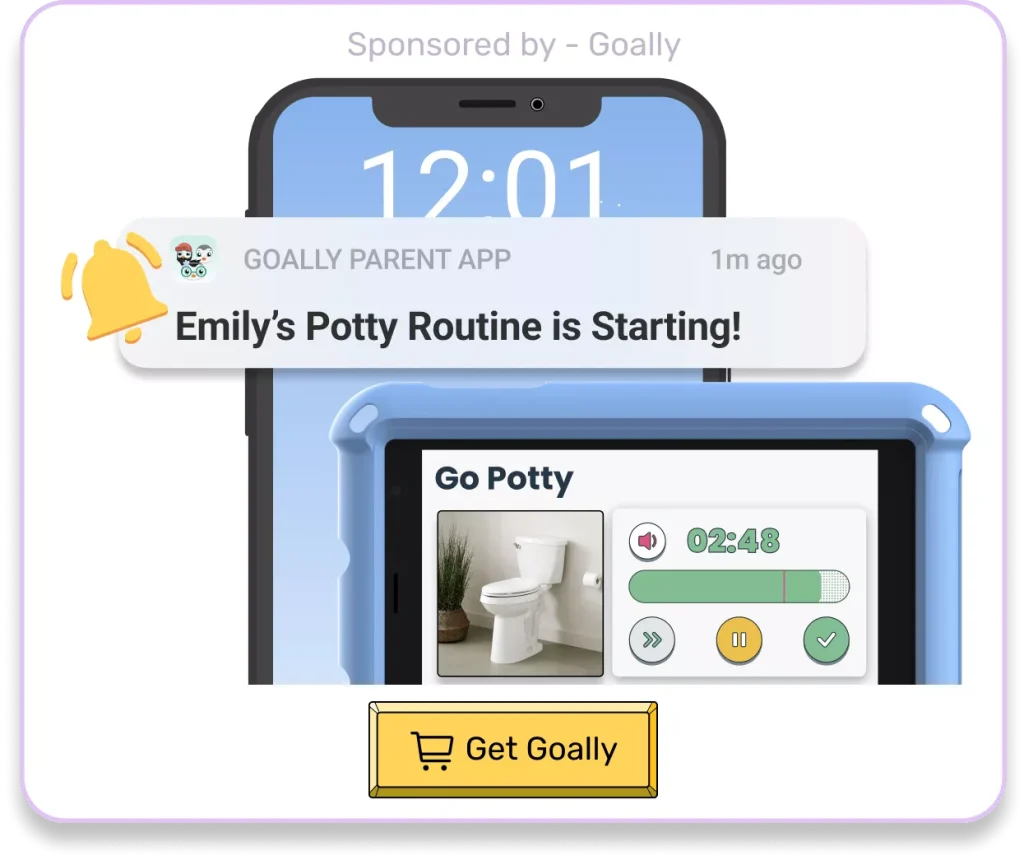Imagine the joy of watching your child, eyes wide with excitement, as they navigate the world around them. Now, imagine that same child, their world rich and complex, navigating the intricacies of autism and attachment. As a professional working with kids, I’ve seen firsthand how the dynamics of attachment can play out differently in children with autism. According to Pearl, research reveals that children with autism often exhibit more attachment insecurity than their typical peers. Yet, interestingly, a significant number of individuals with autism do form secure attachments. This blog post will unravel the complex interplay between autism and attachment, offering insights into how you, as a parent, can foster secure attachments with your neurodivergent child. From understanding the nuances of attachment styles to implementing practical strategies, we’ll explore the multifaceted world of autism and attachment together.
Table of Contents
Understanding Autism and Attachment
As a professional working with neurodivergent kids, I’ve observed a fascinating phenomenon: kids with autism often form attachments to objects as well as people. For instance, a child might develop a strong bond with a toy, a figurine, or even something as simple as a milk bottle top or a stone. This isn’t just about the object itself but what it represents to the child — a sense of familiarity, comfort, or control.
These attachment-related difficulties can vary significantly from one environment to another. A child might feel secure and comfortable at home but struggle with attachment in school. It’s a complex dynamic that requires understanding and patience.
Recognizing the Overlap
Interestingly, some traits of attachment disorder are similar to autism traits. For example, both might involve a preference for solitude or avoiding affection. However, there’s a crucial difference. In attachment disorder, these behaviors stem from disrupting the early bonding process. In autism, they’re part of the child’s inherent neurological makeup.
That is to say, while a child with attachment disorder might avoid affection because they’ve learned to associate it with discomfort or rejection, a child with autism might avoid it because they find the sensory experience overwhelming. It’s a subtle but important distinction.
Addressing the Challenges
Understanding the nuances of autism and attachment can be a game-changer for parents.
- Firstly, it helps you see the world from your child’s perspective.
- Secondly, it enables you to tailor your parenting strategies to your child’s needs.
For instance, if your child forms attachments to objects, you can use this to your advantage. A favorite toy or item can be a source of comfort during stressful situations or a tool for communication and interaction. Similarly, suppose your child struggles with attachment in certain environments. In that case, you can work with teachers and caregivers to create a more supportive and accommodating space.
Creating Secure Attachments
Creating secure attachments with your neurodivergent child may require a different approach, but it’s certainly possible — and deeply rewarding. Above all, it involves meeting your child where they are, respecting their needs and boundaries, and providing consistent, responsive care.

Read more: Can Attachment Styles Change in Kids?
For example, if your child finds physical affection overwhelming, you might show affection in other ways, such as spending quality time together, sharing their interests, or using positive words of affirmation. The key is to build trust and connection in a way that feels safe and comfortable for your child.
Supporting Your Child’s Growth
Ultimately, understanding autism and attachment is about supporting your child’s growth and well-being. It’s about acknowledging their unique way of experiencing the world and adapting your parenting strategies to suit their needs. In doing so, you can help your child build meaningful relationships, navigate social situations, and thrive in their own unique way.
Remember, every child is different, and there’s no one-size-fits-all approach. What works for one child might not work for another. But with patience, understanding, and a willingness to learn, you can help your child navigate the complexities of autism and attachment.
Goally | Visual Scheduler for Autism
Does your child struggle with getting ready in the morning independently? Goally’s routine app on the best tablet for kids breaks down large tasks into small, achievable steps for autistic kids. Create custom routines with your own videos & pictures for every step.
Embracing the Journey
Navigating the world of autism and attachment can be a complex journey. Still, it’s rich with opportunities for growth and connection. By understanding your child’s unique attachment style, recognizing the overlap between autism and attachment traits, and tailoring your parenting strategies to your child’s needs, you can foster a deep, meaningful bond. Remember, it’s not about changing your child but meeting them where they are and providing the support they need to thrive. Every step you take, every adjustment you make, brings you closer to your child, strengthening your relationship and enriching your life.
FAQ’s About Autism and Attachment
What is the relationship between autism and attachment? Children with autism often form different types of attachments, including attachments to objects, and may experience attachment-related difficulties that vary between environments. Can children with autism form secure attachments? Yes, a significant number of children with autism can and do form secure attachments, though the process may look different than in neurotypical children. How can parents foster secure attachments with their autistic child? Parents can foster secure attachments by understanding their child's unique needs, respecting their boundaries, and providing consistent, responsive care. What are some signs of attachment disorder that are similar to autism traits? Some overlapping traits include preferring to be alone, avoiding affection, and seeking affection from strangers. How can understanding autism and attachment support a child's growth? Understanding autism and attachment can help parents tailor their parenting strategies to their child's needs, supporting their child's social development and well-being.
This post was originally published on 03/24/2023. It was updated on 02/09/2024.

Goally
We help parents teach their kids life skills, like doing bedtime and morning independently. Backed by science, we incorporate evidence-based practices and expert-informed designs in all of our apps and content.






